Why Everyone (Including You) Should Use Props in Their Yoga Practice
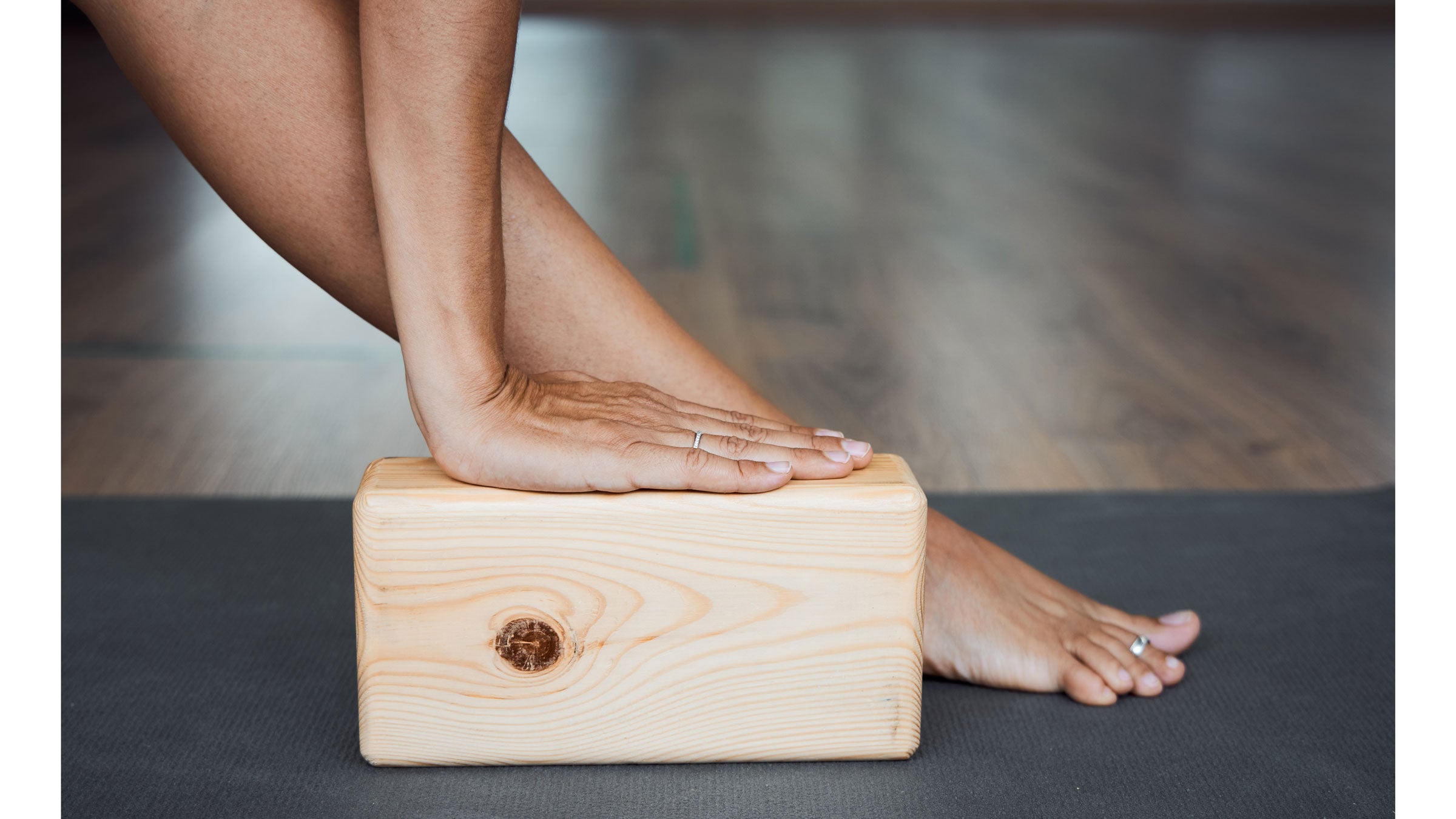
(Photo: OllyPlu | Getty Images)
There was a time when a yoga teacher would hand me a block and the rebellious teenager inside me would ask, “Why?”
I think my “I don’t need any help” mindset is partly explained by the fact that I literally was a teenager when I started doing yoga. The other part is that I started in Power Yoga rooms packed with 100-plus mats from wall to wall. Then I transitioned to Mysore Ashtanga, a system of yoga that traditionally does not rely on props. The yoga styles I gravitated toward simply didn’t encourage the use of blocks, straps, or blankets.
After I took my first 200-hour teacher training, my view of props completely changed. I could suddenly find length and space and ease in poses that I had thought would always be a challenge. Where I once thought these seemingly nonessential items were a shortcut, I started to see them as an enhancement. Where I had assumed they were a temporary placeholder, I came to understand them as indispensable components of my practice.
I would no longer sheepishly make my way to the front to sneak a single block back to my mat. Instead, I would unabashedly schlep almost the entire pile of blankets along with that block back to my mat—and an extra strap dragging behind me for good measure.
See also: Jump-Throughs Made Easy
Props help you find alignment
Angela Kukhahn once dismissed props, too, although you wouldn’t know it by looking at the popular Instagrammer’s videos that creatively rely on blocks and the wall to teach inversions and arm balances.
When she began to study with Annie Carpenter, Kukhahn learned that what she had thought was “going deeper” in a pose was actually slipping into “sloppy alignment” that put her at risk for injury.
For anyone who is hypermobile, like Kukhahn, the joints can move beyond a “normal” range of motion. This means challenging yoga postures that might seem easy in the moment can take a toll on the body over time. For example, when grabbing one’s foot overhead in Eka Pada Raja Kapotasana variation (Pigeon variation), the arm might come out of its socket a little. Even though the pose looks to be in perfect alignment, it may not be in actual alignment with the body.
In her case, props were truth-tellers. As Kukhahn explains, “My bendy body didn’t have a sense of itself in space. With props, Annie taught me that creating boundaries could create strength and actually take me deeper into the posture.” Her entire outlook of props shifted when Kukhahn learned that placing a strap above her elbows in Handstand not only helped stabilize her arm in the shoulder socket but actually allowed her to press up more easily due to that added stabilization. Prior to using a strap, she relied on her flexibility to come into Handstand. While she could do the pose, her destabilized shoulder joint would tire quickly and leave her feeling unsteady.
The more support she began to take from props, the stronger her practice became. “I realized that they weren’t a crutch, but the fast track,” Kukhahn says. From that point on, she began to get creative.
See also: 5 Ways to Use Blocks to Open Your Hips (And Your Heart)
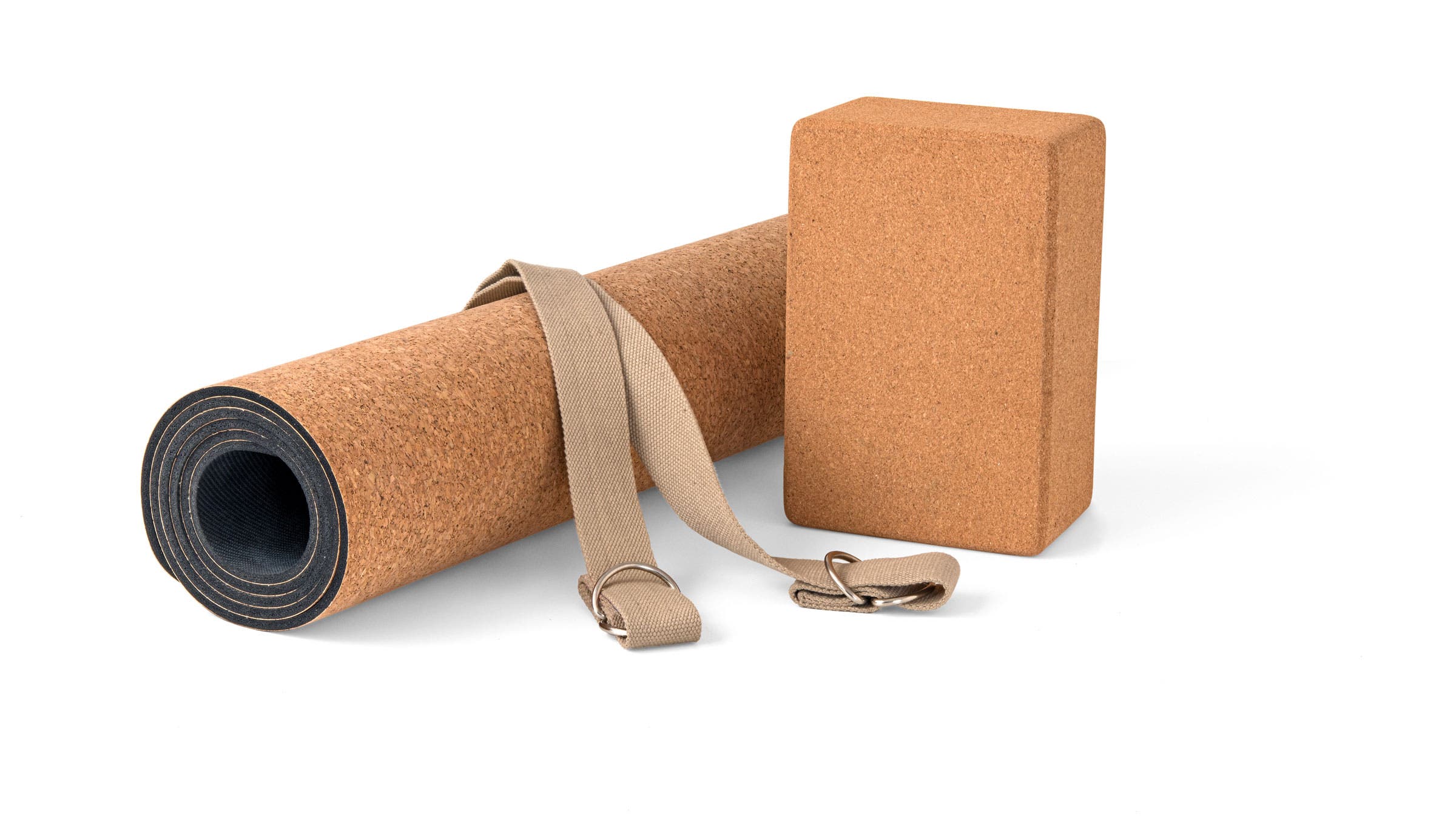
Props help you better understand yourself
Baltimore-based Justin Timothy Temple has been teaching for seven years. His journey has been unique in that he was always taught to use props with yoga, which is not traditional for the Ashtanga style he practices and teaches. As such, he not only allows students to use them, he “empowers them” to do so, he explains.
Temple says he has yet to receive any negative criticism. “Not that it would matter,” he says. “My responsibility is to the students and creating the best experience for them.” Temple sees props as “strategic tools” in coming to better understand a posture as well as “our patterns, both physical and otherwise.”
Personally, my big shift with props was more psychological than it was physical. Yes, the poses started to feel more easeful and steadier. But using props helped me understand that needing help did not mean I was failing. I once heard a teacher say that our relationship to props is a metaphor for our ability to ask for and accept help. While there could be any number of reasons that someone might resist something that is of benefit, I’ve given a lot of thought to this assertion.
Also from Sarah Ezrin: Use Props to Help You Explore Lord of the Dance With More Flexibility—And Honesty
“There are a number of ways that we unconsciously interact with the world that are largely influenced by what we experienced and witnessed growing up, and this pertains to how we show up on the mat,” explains Ashley Miller, a devoted yoga practitioner and licensed marriage and family therapist who has practiced in the Bay Area for over 15 years.
She suggests one reason people may be reticent to rely on help is if they grew up in a family where support was not widely available. This could make asking for help an unfamiliar and vulnerable act. Another example she offers are families where there may be an unspoken belief system that “life is a struggle.” This could lead people to assume that the comfort props provide seems “too easy.”
My early resistance to props may have been born out of modeling my fiercely independent mother and my mistaken understanding that I had to work extraordinarily hard and do everything myself.
Miller suggests students become curious about their beliefs around using props. Once we have awareness, we are able to make different choices surrounding our patterned behaviors. Especially when we understand the benefit we can gain from using props.
See also: Unlock Your Backbends With Yoga Blocks
Props can make poses more accessible
In recent years, teachers of all styles have acknowledged the enormous role that our individual physiology plays in determining how we show up in a pose. There also seems to be an industry-wide recognition that props can make classes more inclusive, accessible, and safe.
Props are also not a temporary fix. For years, I assumed that placing my hands on blocks to jump-through to sit from Adho Mukha Svanasana (Downward-Facing Dog), a common transition in the Ashtanga system, was just teaching me how to do the transition and that I’d ditch the blocks over time. Now, I still use blocks and regard them as necessary extensions of my arms.
While it is commonly thought that props make poses easier, some teachers, including Kukhahn, use them to increase the difficulty level of postures. Props help you stay better aligned, so while poses may seem harder at first, they are safer in the long run. For example, in the Pigeon Pose variation mentioned earlier, using a strap around the foot can teach someone how to keep their upper arm aligned as they learn to grab the foot overhead.
A couple of decades later, I still keep two blocks, one blanket, one bolster, and a strap next to my mat at all times—much to my husband’s chagrin. I also start all of my classes by asking students to grab props. There are always a few who roll their eyes or pretend they don’t hear me. I send them love because I totally get it, and then I drop a block off at their mat when their eyes are closed.
See also: 10 Ways to Use Blocks to Advance Your Yoga Practice
You should definitely use props in these 5 yoga poses
Though there seems to be a greater acceptance of props in recent years, there are still certain poses that students never seem to want to use blocks and straps. Here are 5 common yoga poses that just about everyone would benefit from practicing with props.
If you don’t have blocks, try a small stack of books. In place of a strap, you can reach for a belt, a sweatshirt, or a bath towel.
Salamba Sarvangasana (Supported Shoulderstand)
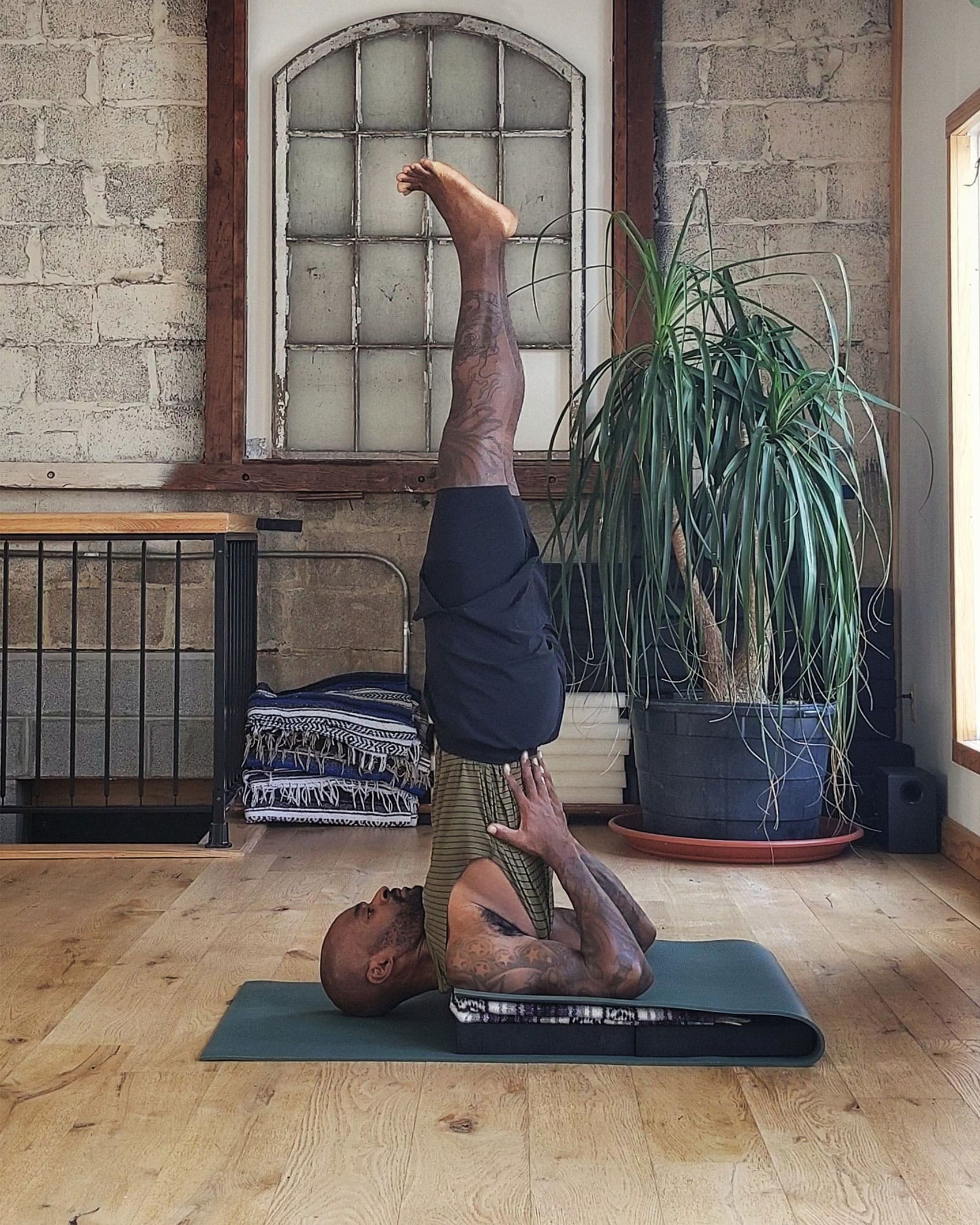
Why you should use blankets: Though he acknowledges everyone’s practice is unique and personal, Temple is a strong advocate for almost everyone placing something under their shoulders in Shoulderstand. He is not alone. Many teachers feel the same way. Blankets in Shoulderstand are believed to maintain the cervical curve of the neck, which, like the lower back, is considered a lordotic curve (meaning the vertebrae curve toward the front of your body). Regularly practicing Shoulderstand without support is thought to potentially flatten that curve over time.
How to use blankets: The number of blankets one needs is personal, but it is generally somewhere in between 2 and 4. Have an experienced teacher check your neck to give you feedback on how many may be right for you.
Once folded neatly, lie on your blankets so that the tops of your shoulders are right up against the edge. Your head will be on the floor and your neck will not be in contact with the blankets. I have used folded towels in place of blankets, although if I don’t have my blankets, I usually opt instead for the supported inversion Viparita Karani (Legs-up-the-Wall Pose), which brings similar benefits.
Virasana (Hero Pose)
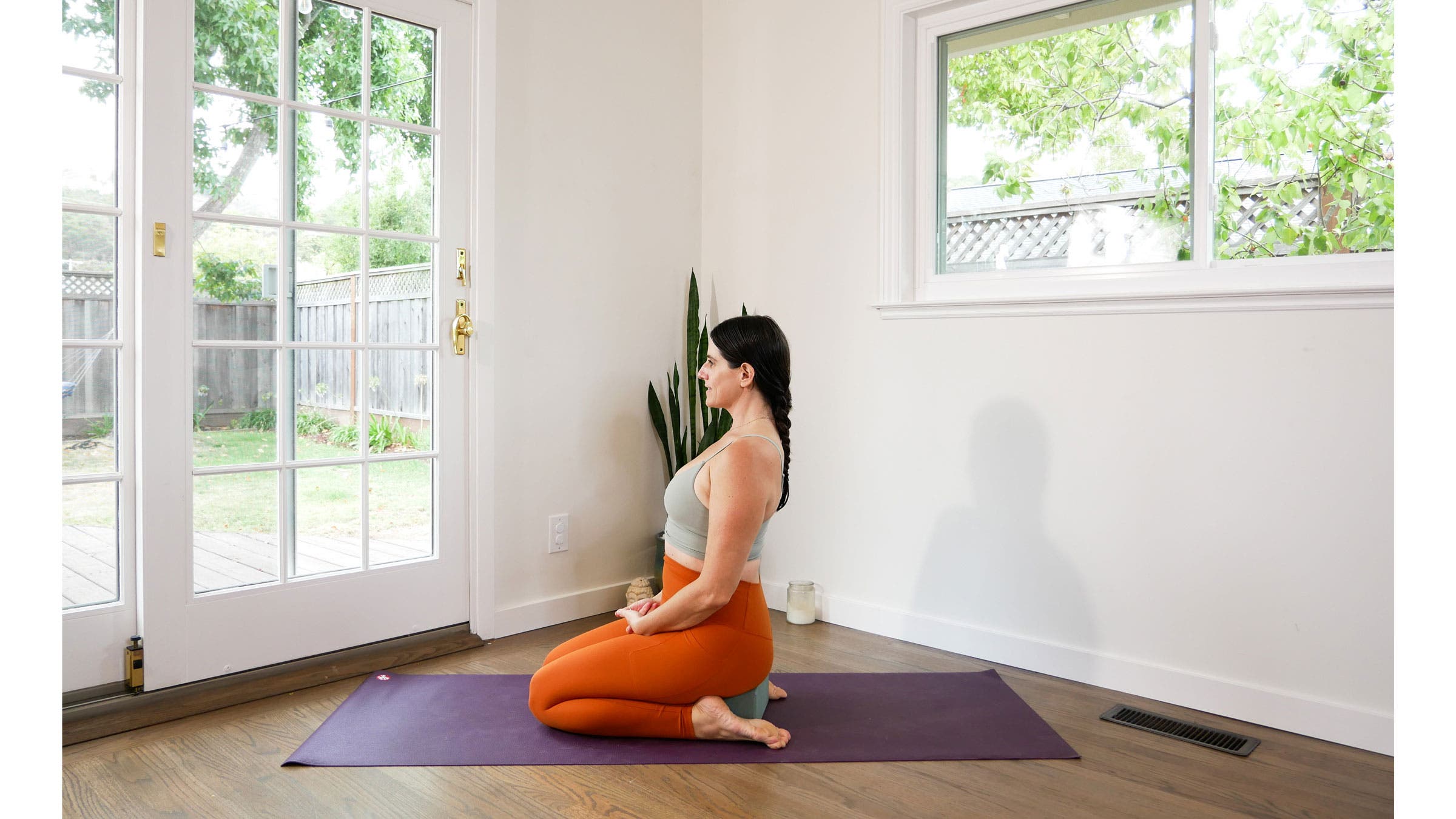
Why you should use a block: I used to sit in a Virasana-like shape called the “W” shape when I was a little kid and I noticed my toddler has started to do the same. As cute as it is, both physical and occupational therapists have recently begun advising parents not to let children sit like this for long periods due to concerns about hip dysplasia (when the femur bone displaces from the hip socket) and even core weakness since the child’s foundation becomes the outer legs versus the sitting bones. Adults face similar risks as well as the pressure of weight-bearing on our inner knees.
How to use block: Even if you are able to get your sit bones down to the ground between your ankles for a few moments, it will benefit you to elevate the surface beneath your sit bones, which ultimately helps to lengthen your spine. Place a block horizontally in between your ankles. Choose a level that feels stable and ensure you feel no pinching in the knees. You may need a second block. If you don’t have a block handy, you can fold a towel or blanket, too.
Ardha Uttanasana (Half Standing Forward Bend)
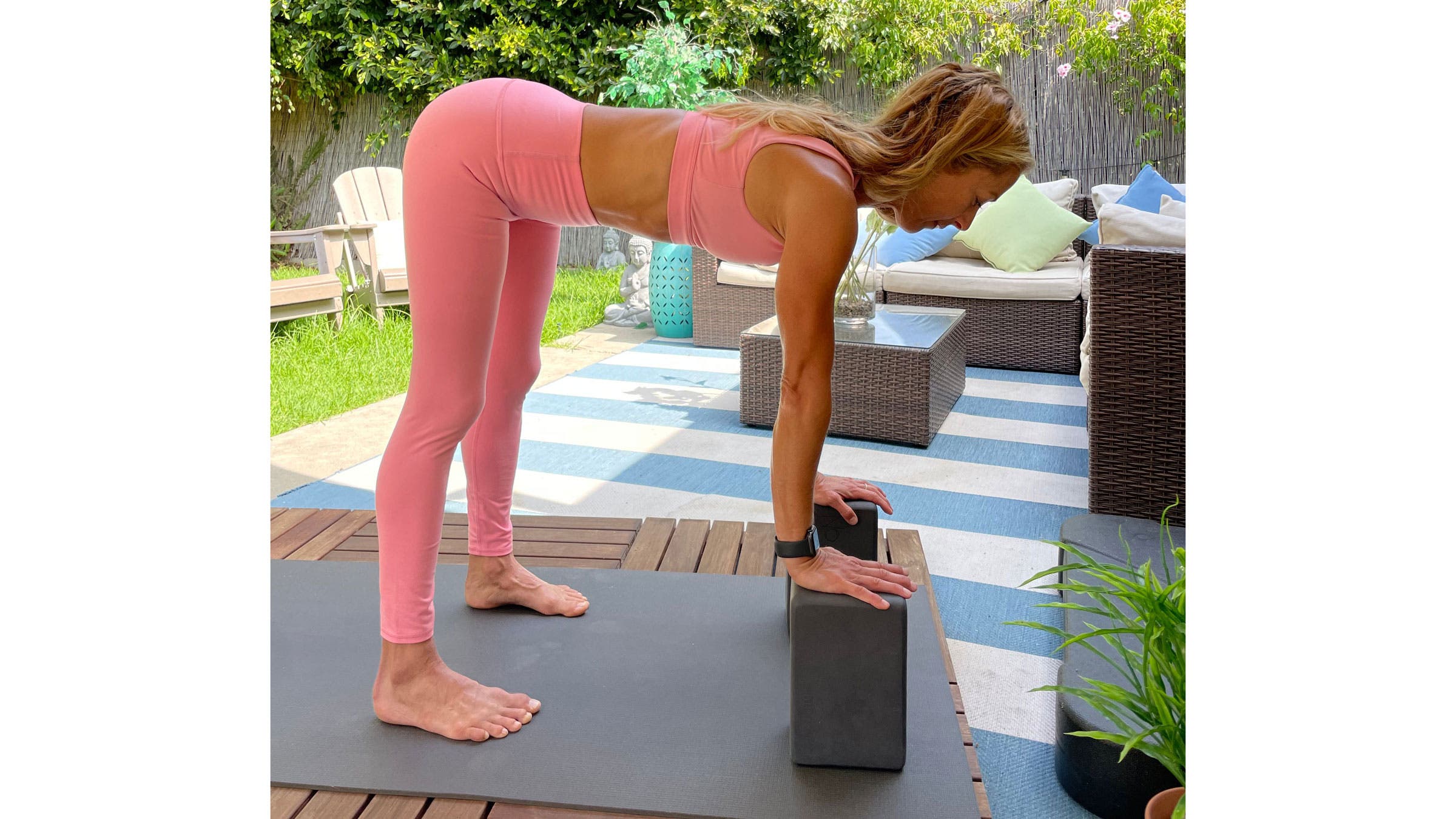
Why you should use blocks: While many of Angela Kukhahn’s students can easily get their hands to the floor outside of their feet in both Uttanasana (Standing Forward Bend) and Ardha Uttanasana (Half Standing Forward Bend), she prefers they use blocks. Having more height beneath your arms ultimately allows for more length in your spine, regardless if you have tightness in your lower back or hamstrings. Kukhahn also finds that having the arms higher allows for deeper hip flexion, which means a more distinct crease where your thighs and pelvis meet, again without compromising your lower back.
How to use blocks: Have two blocks at the front of your mat. You can either have your palms flat on blocks by your feet (I like the low to medium settings for this variation), which encourages deep hip flexion and requires additional core work to really be able to lengthen your spine out of your hips. Or you can place your blocks directly under your shoulders on the tallest height, which will encourage more length in the spine with less effort.
Supta Padangusthasana (Reclining Hand-to-Big Toe Pose)
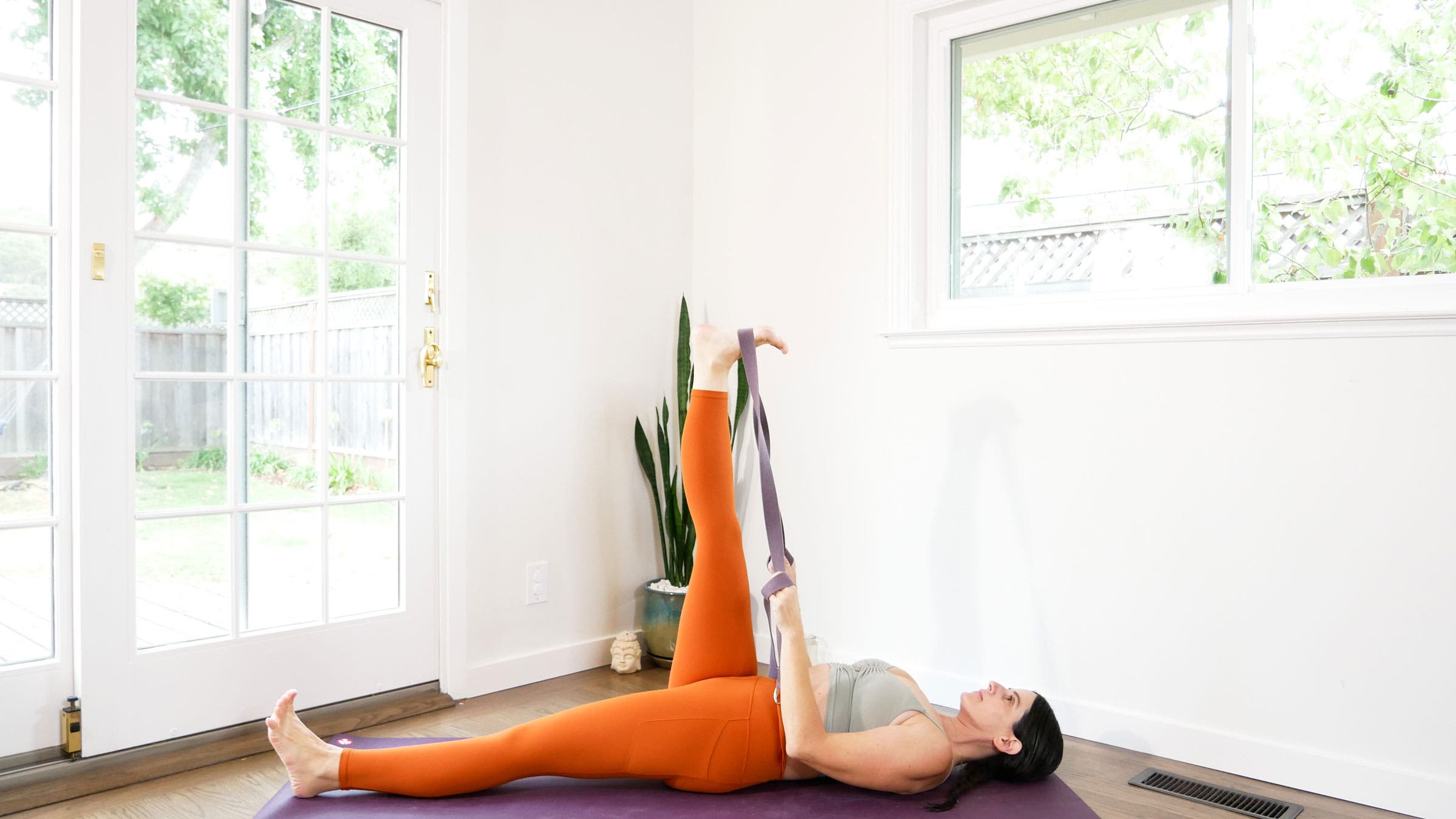
Why you should use a strap: I had a lot of resistance to using a strap in this stretch for a long time. I used to pride myself on my long hamstrings and was appalled when someone would suggest I use one. (That was my ego.) I then learned that this pose actually has little to do with hamstrings and all to do with the spine. Our spine is a series of curves and the lower back is considered a lordotic curve, meaning the vertebrae curve inward toward the front of the body. In this shape, when we pull one leg in there is a tendency to flatten out the lower back curve, which can place strain on the hamstring attachment and sacroiliac joint (where the sacrum and pelvis join). Using a strap helps you keep your leg directly above your hip socket to maintain your lower back’s natural curve.
How to use a strap: You can either have your strap around your foot’s arch or beneath the big toe mound. Make sure there is ample strap on either side of your leg so you don’t have to strain and round your back to reach it. Let your other leg rest on the mat. Extend your leg with the strap straight up toward the ceiling. If you are accustomed to bringing your lifted thigh close to you, it may shock you how far away your leg is from your chest. When you feel the length in your spine, you will understand the benefit of this refinement to your alignment.
Utthita Trikonasana (Triangle Pose)
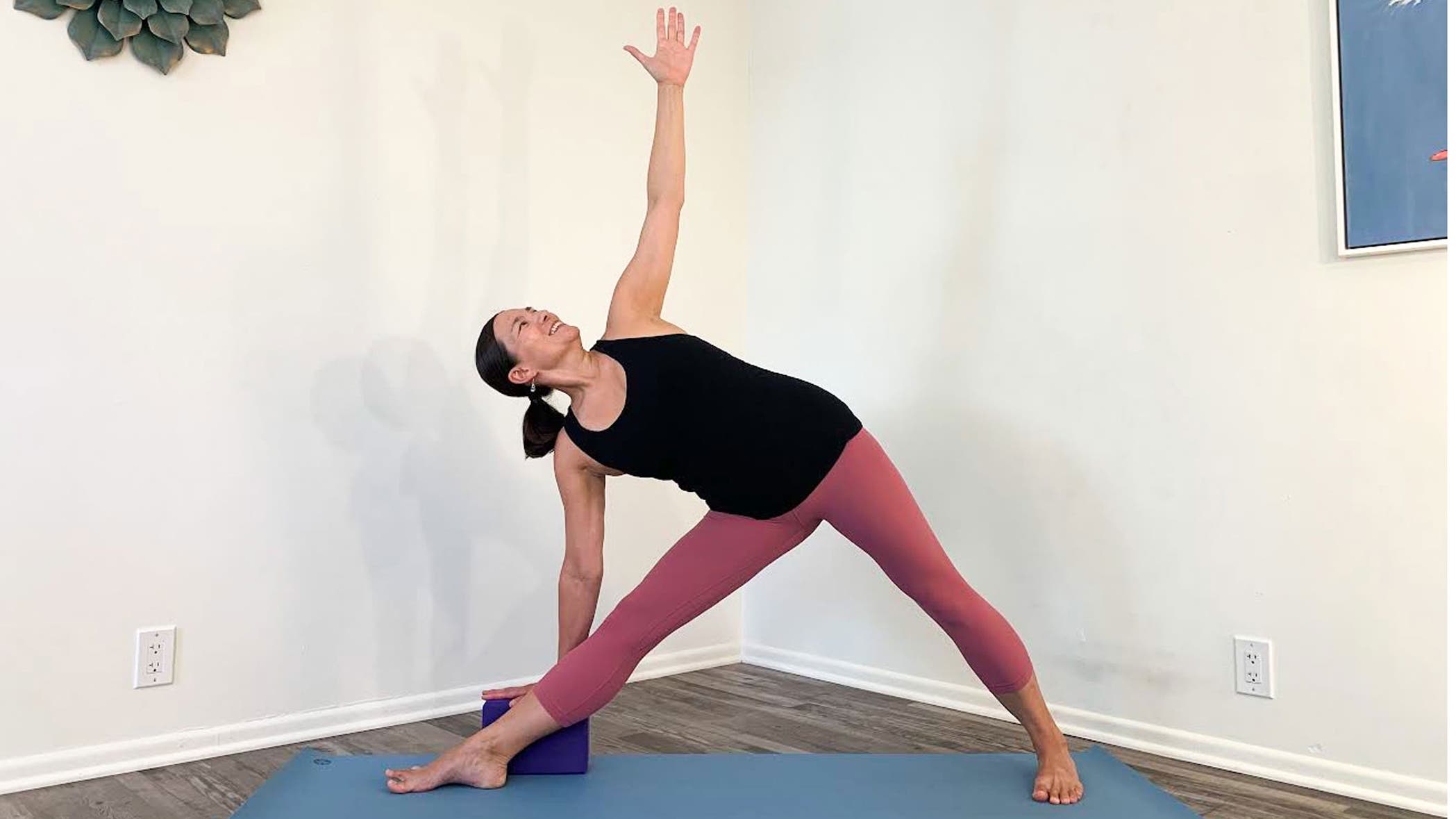
Why you should use a block: Teacher Nona Chiang never requires props in her classes, although she believes most bodies would benefit from a block under their hand in Triangle. This prevents them from straining to place the front hand on the ground, which tends to shorten the spine and cause the front buttock to pop out to the side. Even if someone can keep the front hip firmly in place, Chiang notices that straining to touch the fingers to the ground compromises the chest or shoulders.
How to use a block: Place the block just to the outside of your front foot. Start with the block on the highest position. Keep your legs strong and draw your front hip in toward the center of the mat. Lean forward with your torso. Reach strongly through your arms as you rest your bottom arm on the block.
See also: 10 “Blockasanas” to Strengthen Your Core